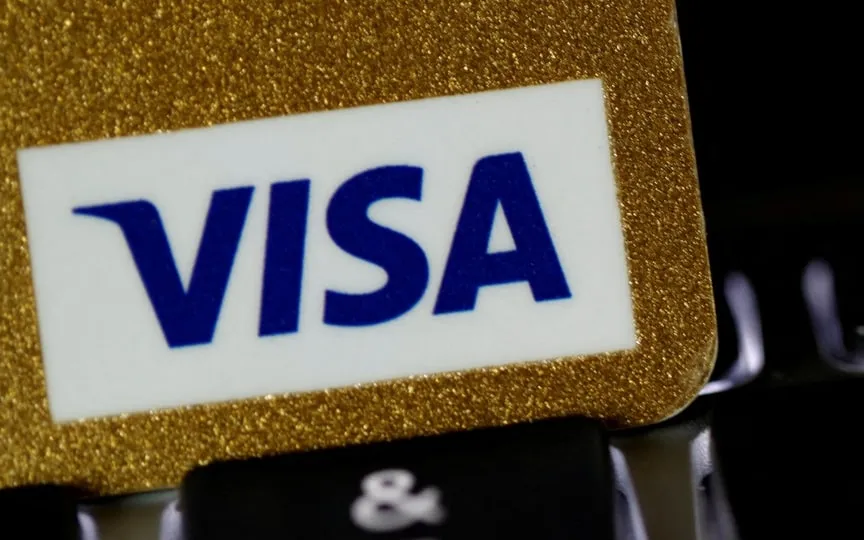Important points to remember to avoid losing money on phones and credit card risks
Paying for purchases digitally has become so routine that we often don’t think twice about using our credit cards or mobile payments. However, when it comes to providing card details over the phone, many of us may hesitate. It is important to note that merchants are legally allowed to request credit card information over the phone, but they must adhere to certain standards and safeguards to ensure the protection of consumer data.
Is giving credit card information over the phone more risky than other transactions and how can you minimize the risks?
1. How is my credit card information protected?
In order for a merchant to be able to process card transactions, it is expected to comply with the information security standard of the payment card industry. This is a set of security requirements designed to protect cardholder information and trillions of dollars in transactions each year.
Compliance includes various security measures (such as encryption and access control) as well as strong governance and regular security reviews.
If an unauthorized party gains access to the merchant’s stored data, encryption ensures that it cannot be read. This means that stealing the data would not allow criminals to access the card details. At the same time, access control ensures that only authorized persons have access to the cardholder’s information.
While all card processing companies are expected to meet compliance standards, only large volume processing companies are subject to mandatory regular inspections. If there is a subsequent data breach or misuse that can be attributed to a failure to comply, the company can be penalized at levels that can grow into the millions of dollars.
These requirements apply to all credit card transactions, whether in person, online or over the phone. Telephone transactions are likely to involve a human who collects the card information and either enters it into computer systems or processes the payment using paper forms. The Payment Card Security Standards Council has detailed best practice guides:
A policy should be established to ensure that payment card information is protected from unauthorized viewing, copying or scanning, particularly at the desk.
While these measures can help protect your card information, there are still risks if the information is misplaced or the person on the phone is not who they say they are.
2. Basic tips for safe credit card use over the phone
If you provide your card details over the phone, you can take steps to minimize the chance of being a victim of fraud or having your information leaked.
a. Check the caller
If you didn’t initiate the call, hang up and call the company directly using your self-verified information. Fraudsters often disguise themselves as a well-known company (for example, an online retailer or courier) and convince you that the payment failed or that a payment is required to release the delivery.
Before entering any information, make sure that the caller is genuine and the purpose of the call is genuine.
b. Be skeptical
If you’re offered a deal that’s too good to be true, you’re concerned about the person you’re dealing with, or you just feel like something isn’t quite right, hang up. You can always call them back later if the caller turns out to be real.
c. Use secure payment methods
If you have previously paid the company with other (safer) methods, ask to use the same payment method.
d. Keep records
Make sure you include the details of the company, the representative you are speaking with, and the amount to be charged. Also ask for an order or event reference. Remember to ask for a receipt to be sent to you.
Check that your card matches the receipt – use your bank app, don’t wait for the statement to arrive.
3. Virtual credit cards
In addition to the security measures mentioned above, a virtual credit card can help reduce the risk of card fraud.
You probably already have a virtual card format if you have added a credit card to your phone for mobile payments. Depending on the financial institution, you can create a new credit card number linked to the physical card.
Some banks extend this functionality to allow you to create unique card numbers and/or CVV numbers (the three numbers on the back of the card). With this approach, you can easily separate the transactions and cancel the virtual card/number if you have any concerns.
4. What to do if you believe your card information has been compromised or stolen?
Quick action is essential:
– call your bank and close the card so you don’t lose any more money. Depending on the situation, you can also block/cancel the card through your banking application or website
– report the matter to the police or other relevant body
– monitor your accounts for unusual events
– explore the card settings in your banking app or website – many providers allow you to limit transactions based on value, limit transaction types or enable alerts
– you may want to register for credit monitoring services and enable fraud alerts.
5. Should I give my card information over the phone?
To minimize your risk, it’s best to avoid giving credit card information over the phone if possible. Providing card information via websites still involves risks, but at least it removes the human element.
The best solution currently available is to use virtual cards – if something goes wrong, you can only cancel that unique card ID instead of your entire card.
(Discourse)




